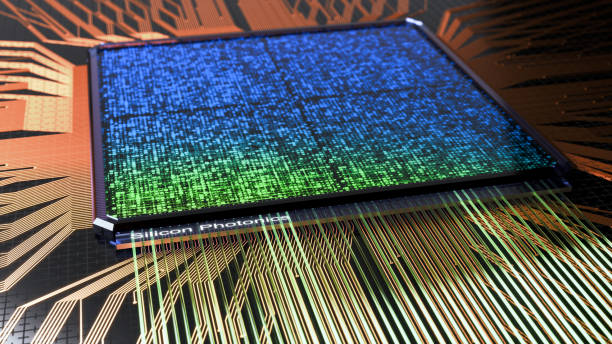"Inside the Silent Surge: The Rise of Passive Cooling in Personal Tech"
Introduction: In an era where tech gadgets are getting smaller yet more powerful, one unsung hero quietly facilitates this trend: passive cooling technology. It's an ingenious solution that's increasingly crucial in our sleek modern devices, all while going largely unnoticed by the average user. Let's dive into the cool world of passive cooling and explore its impact on our tech-saturated lives.

The Birth and Evolution of Passive Cooling
Passive cooling, in the context of electronics, refers to the process of dissipating heat generated by electronic components without the use of any moving parts or additional power. The concept isn’t new—it dates back to the early days of computing when machines were room-sized and heat dissipation was a significant issue. But as technology shrank, the need for effective cooling grew. From bulky heat sinks to the current wafer-thin graphene-based materials, passive cooling has come a long way.
The Unsung Hero of Modern Electronics
Passive cooling isn’t just about keeping our devices cool—it’s a key player in their overall performance and longevity. It’s the reason we can enjoy slim smartphones, efficient laptops, and silent smart home devices. Without it, our devices would overheat, perform poorly, or even fail altogether. Despite its importance, passive cooling often goes unnoticed and unappreciated by the average user.
The Latest in Passive Cooling: Graphene Sheets
One of the most recent advancements in the field of passive cooling is the use of graphene sheets. Despite being just a single atom thick, graphene is incredibly effective at dissipating heat. It’s also flexible and lightweight, making it ideal for use in portable devices. Graphene-based passive cooling is poised to revolutionize the tech industry by enabling even slimmer and more powerful devices.
Pricing and Market Impact
The cost of incorporating graphene-based passive cooling into devices remains high due to the complexity of manufacturing graphene at scale. However, as production techniques improve, prices are expected to fall, which could make this technology mainstream. The market impact, on the other hand, is predicted to be substantial. With the ever-increasing demand for efficient, silent, and slim devices, passive cooling technology holds the potential to shape the future of consumer tech.
The Cool Future of Passive Cooling
The future of passive cooling looks promising. From increasingly efficient materials to innovative design techniques, we can expect our devices to get slimmer, quieter, and more powerful. Advancements in passive cooling could also pave the way for new technologies that we can’t even imagine today. And while passive cooling may never grab headlines like 5G or AI, it will quietly continue to make our digital lives better.
In conclusion, passive cooling might not be the sexiest topic in tech, but its impact is undeniable. As we continue to demand more from our devices, the role of passive cooling will only grow more important. It’s a silent revolution, one that deserves our attention and appreciation.





